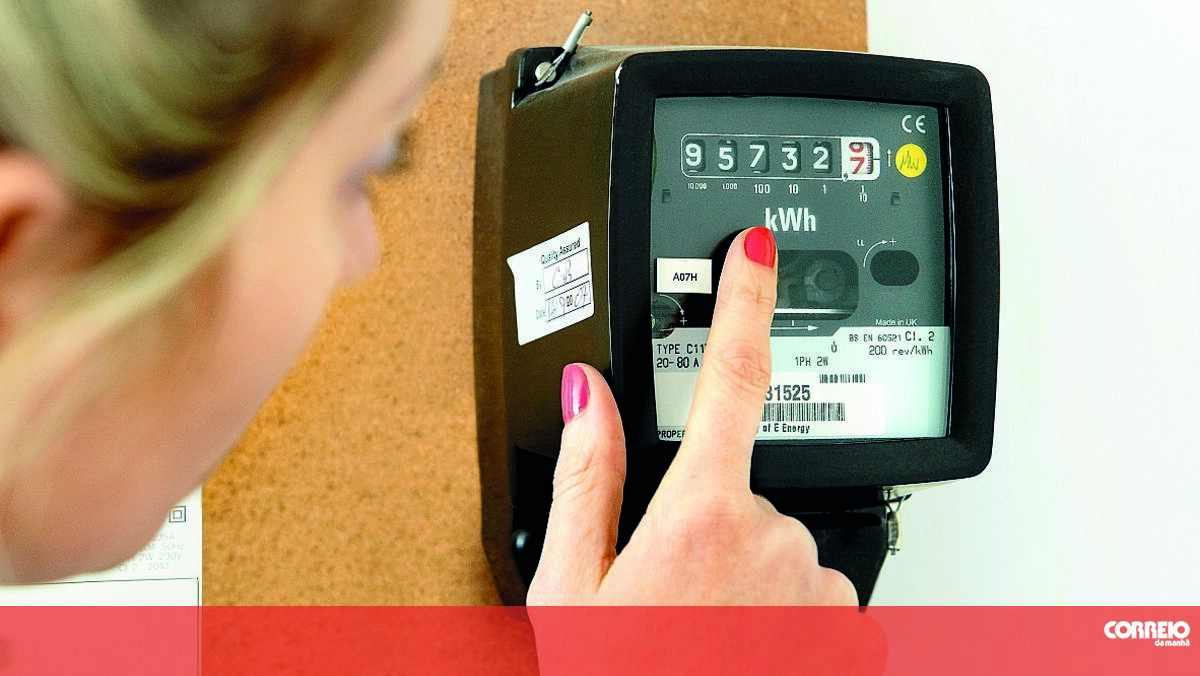Electricity in Portugal and Spain rose 35% on Tuesday to 365.33 euros per MWh, the highest since March 10, days after Russia’s invasion of Ukraine, and the sixth most expensive ever, according to government officials. data.
This increase is linked to the prices of the last gas auction on the wholesale market and already takes into account the Iberian mechanism agreed by Portugal and Spain with the European Commission, which sets the maximum price for gas purchased by energy companies for electricity generation.
The mechanism provides that electricity companies will be compensated for the difference in the price of gas in the wholesale market and the maximum price determined by the mechanism, while the cost of this compensation is shared between consumers with contracts extended or concluded after the end of April and all those who have in Spain the so-called regulated tariff linked to gas auctions.
The values that will apply this Tuesday in the Iberian Market (MIBEL) are 182.93 euros plus the cost of the adjustment, which is 182.40 euros. The final cost is therefore €365.33, with setup costs accounting for almost half of that amount.
In Spain, about 40% of consumers have this regulated tariff, which is significantly higher than in other countries such as Portugal, where fixed tariffs predominate.
Despite a 35% increase in electricity prices in Spain, according to the operators of the Iberian electricity and gas markets (OMIE and Mibgas), consumers with regulated tariffs would have paid even more than 110 euros per megawatt per hour if the Iberian mechanism had not worked. exists, which is valid from 14 June.
In addition to rising gas prices, exacerbated by the impact of the war in Ukraine, which began on February 24 with a Russian military invasion, this year more gas is used for electricity production due to a drought that has led to a reduction in water supply capacity. stored in dams and can be used for energy production.
According to the latest data from the Spanish government, the storage of water in Spanish reservoirs is 37.9% of the total capacity, the lowest level since 1995.
Between January 1 and August 15, Spanish hydroelectric production was the lowest since 1992 and was half the annual average for those months of the year.
Last year, for example, Spanish hydroelectric power plants generated twice as much energy as this year (22.6 thousand gigawatts per hour compared to 11.4 thousand this year), according to official figures published today by the newspaper El Pais.
Despite an increase in installed capacity to use renewable energy sources to generate electricity (such as solar power), the decline in hydroelectric power has been largely offset by the use of gas in combined cycle power plants.
However, in the past two weeks, Spain’s electricity consumption has been declining both compared to the same period in 2021 and in relation to previous weeks, which coincided with the entry into force of the “urgent” savings measures approved by the Spanish government. Government. .
In the first week of this “Energy Saving and Air Conditioning Efficiency Shock Plan”, which ended on August 15, electricity consumption decreased by 3.7% compared to the previous week and 1.8% compared to the same days in 2021 . .
According to data released today by the Spanish government, consumption fell 9.5% in the second week compared to the previous seven days and 8.6% compared to last year.
Measures taken in Spain to save energy include a commitment that the air conditioning temperature for cooling public, cultural or commercial premises cannot be below 27 degrees. In addition, shop window lighting must be turned off at 22:00 and the same goes for the lighting of public buildings that are not in use at this time.
These measures were approved as part of an agreement between the countries of the European Union to achieve global energy savings of 15% between August 1 and March 31, 2023, compared to the average over the past five years over the same period, taking into account due to the threat of supply cuts. gas to Europe from Russia.
In the case of Spain, which, like Portugal, is less dependent on Russian gas than other EU countries, the savings are 7%.
Author: SATURDAY
Source: CM Jornal




